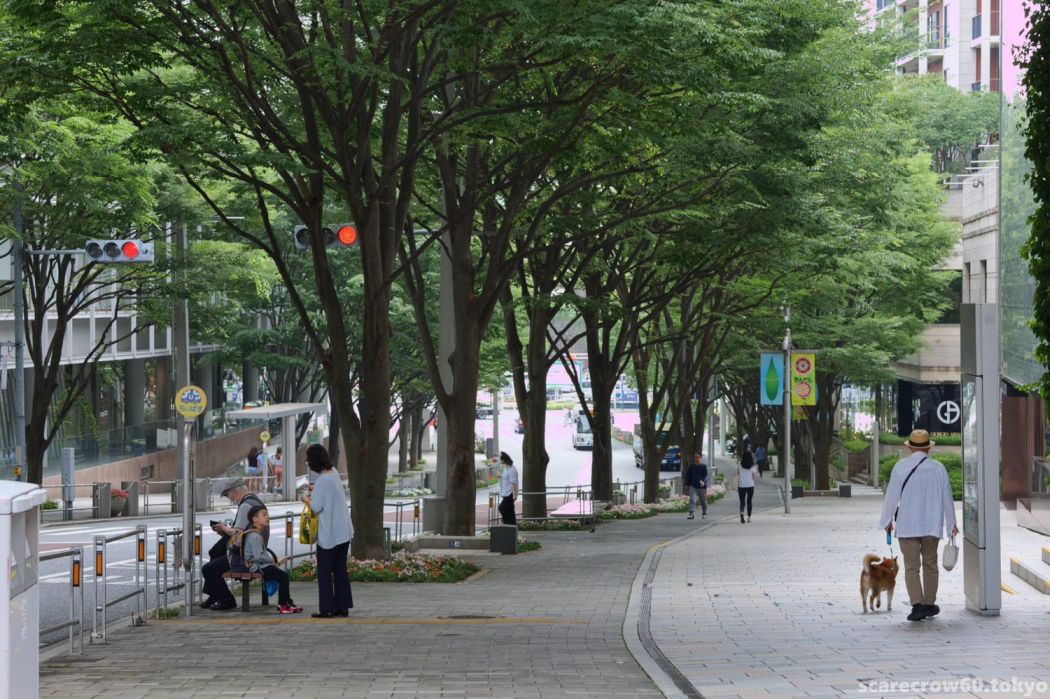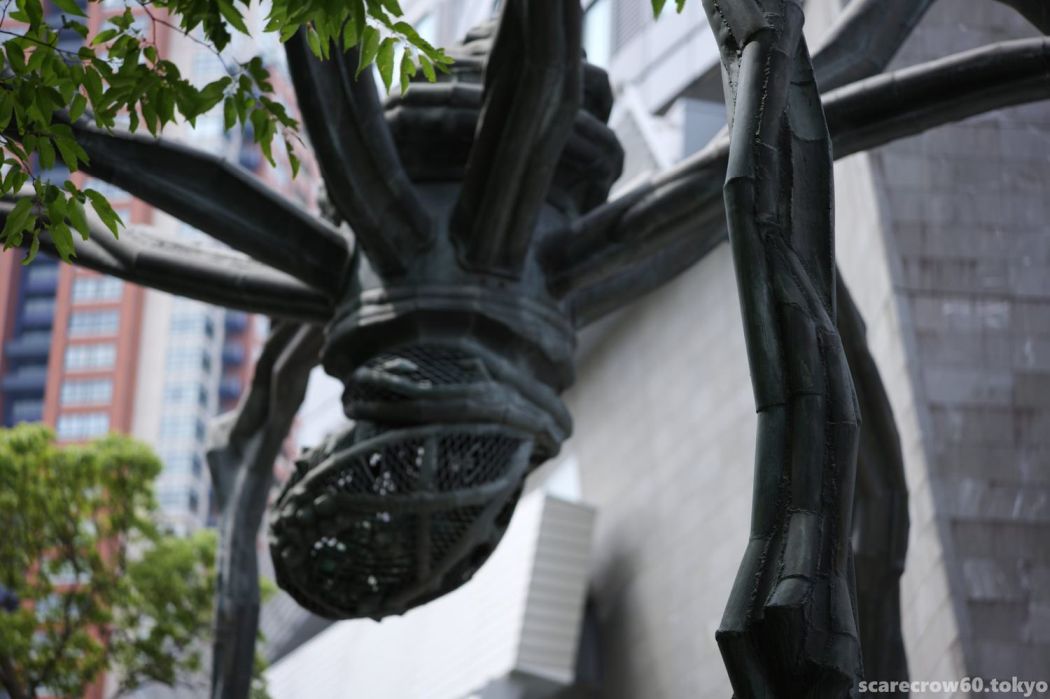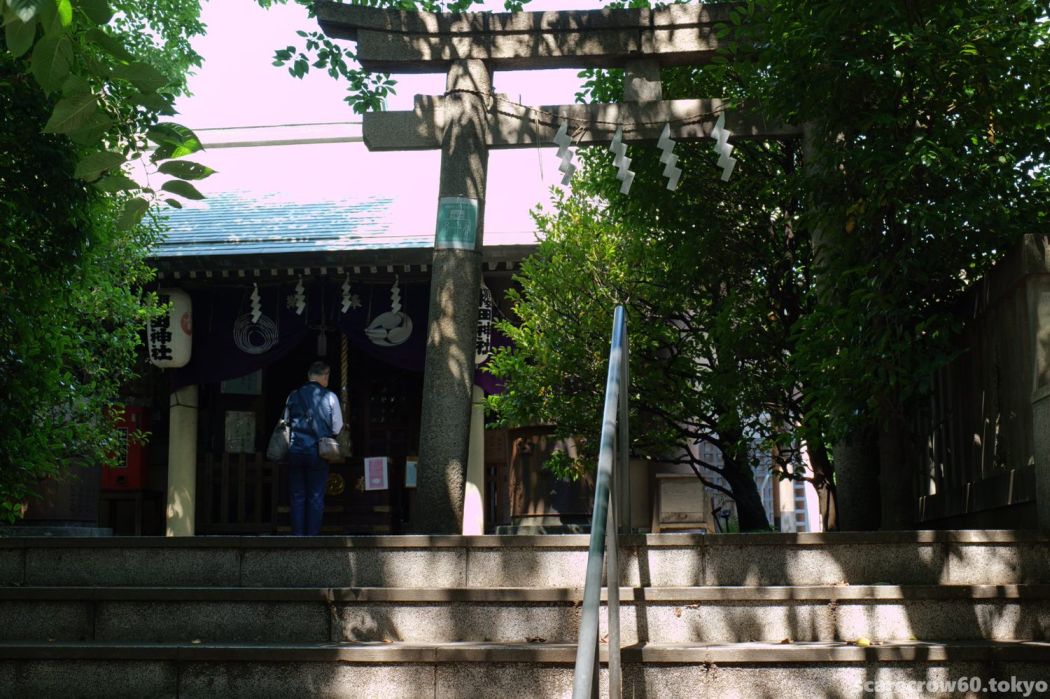I don’t have much to title this article, but it is an article about a short walk in the Hills with my Lumix S5 and my newly purchased Sigma i-series 90mm lens.
First, Mori Tower.
It’s a heavy overcast day, but this is a quintessential single focus lens that captures both the wall of the tower and the small birds clearly and crisply.
The camera and lens are splash proof, so a little rain shouldn’t be a problem, but I don’t like to get wet, except when I want to take pictures of rainy scenes. On days when the skies are doubtful during the rainy season, Roppongi Hills is a very convenient place to take test shots, as you can quickly evacuate to an indoor location.
The ceiling of the plaza in front of TV Asahi and the lighting and sound equipment hanging from it. I was able to get a good shot.
A view of the plaza under its ceiling. It is indeed deserted on days when there are no events or other special occasions.
The image has a slightly heavy texture of damp ground and air during the rainy season, but at the same time, the colors are clean and transparent, as is typical of Sigma lenses. I think it is quite good.
A pink object on the pavement.
The minimum focusing distance of 50cm is not so much “closer than you think” in my sense as it is “not as close as you think”. The minimum f-stop is a modest f/2.8, so it is not a lens that excels at “blurring,” but the quality of the blur itself is quite beautiful (of course, as I mentioned in my previous article, if you keep the subject in the foreground and the background at a good distance, you can create a large blur).
The decorations in the boutique are a nice touch. The reflection of the window is a bit distracting, but I guess that’s just another form of reality:-)
My favorite angle of the West Walk. I love the sense of freedom and depth in this corner where soft light shines through the glass at the end of the street (huge indoor atrium).
I think this is one of the nicest photos of this location I’ve taken many times, with the slightly blurred wall in the background and the block in the foreground appearing to float in the background.
Well, this is the only photo in this article taken with the Lumix S 20-60mm. I loved the tones of the light from the chandelier.
Fortunately, it’s not raining, so we leave the building and walk outside for a bit.
Keyaki-zaka hill, which goes down from in front of the Grand Hyatt Hotel toward Gaien Higashi Dori Avenue
It’s getting to the point where it’s not quite fresh green. But it is a beautiful green after the rain.
And this is the first time I learned the name of this street, which is a little narrower on the south side of the street, across from the tower blocks where the so-called “Hills Tribe” live. Sakura-zaka.
Keyaki-zaka and Sakura-zaka… Is there a connection or a history to the fact that the slopes named after these idol groups are located directly in front of Roppongi Hills and TV Asahi? I am a simple-minded person who knows nothing about it.
Another thing I noticed when using the SIGMA 90mm DG DN F2.8 with the S5 is that the size of the subject seen through the viewfinder is almost the same as the size of the subject seen with the naked eye off camera.
In other words, the full-size 90mm lens is not a “big picture,” as its title “medium telephoto” might lead you to believe, but rather a square angle of view that captures a portion of the field of view as seen by the naked eye at the same size. That’s how I see it.
If you substitute 90mm in full size for APSC, you get 90mm x 2/3 = 60mm, which is similar to the feeling you get when using a 55mm lens on a Pentax APSC camera, so the calculation is about right.
The last photo in this day is a colorful robot totem pole standing in front of a children’s park on Sakura-zaka.
I have been shooting in very humid conditions, but the picture is clear and fine.
This was the last time I took a walk around Roppongi Hills, and this time I realized many things about how to use my new lens.



